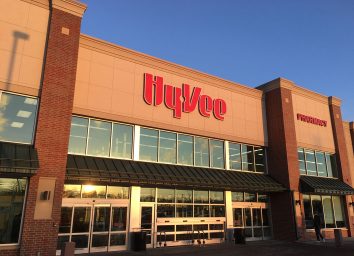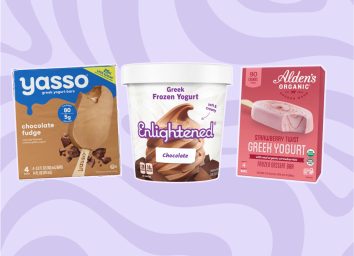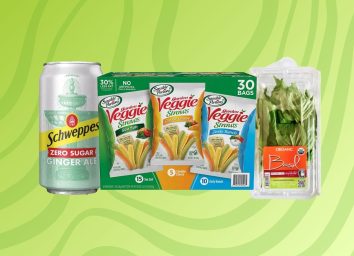13 Things Big Food Companies Don't Want You To Know
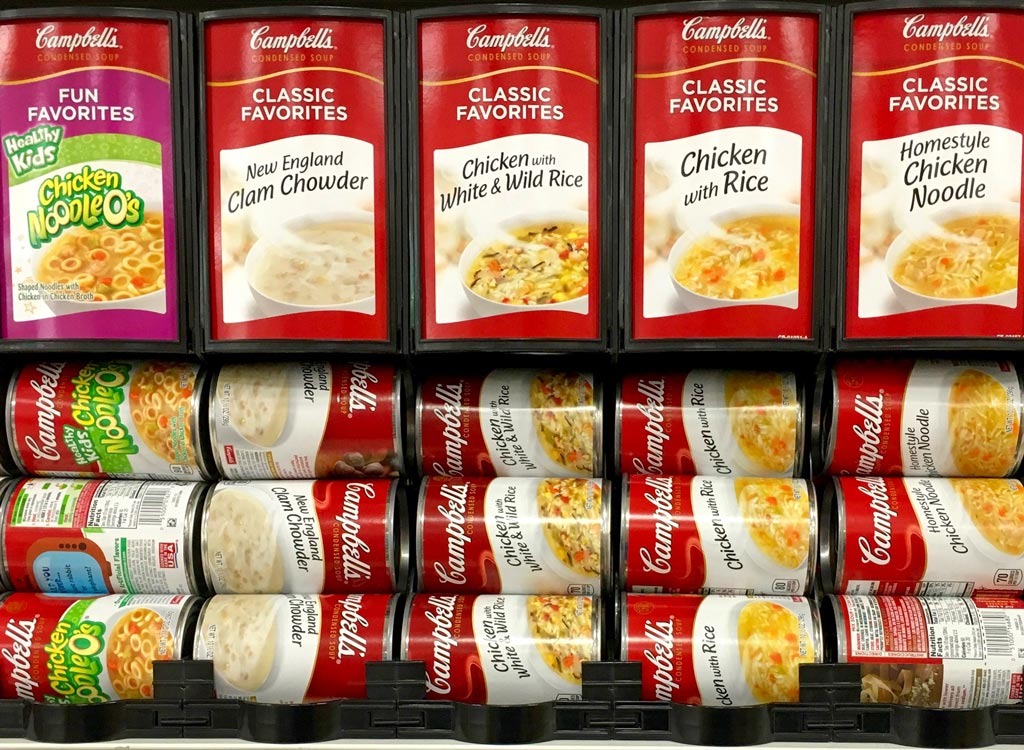
"I wonder what makes Jell-O red," my friend wondered aloud as she spooned some into her mouth. She knew my answer would probably make her second guess finishing her cup of gelatinous goo.
"Have you ever heard of the cochineal insect?" I asked.
My friend winced and hesitantly replied, "Um, no. What is that? And why is it in my food?"
I wish I didn't know the answer. But after doing hours of detective work and leafing through the 7th edition of A Consumer's Dictionary of Food Additives by Ruth Winter, M.S., I know the answer to this question as well as many others about factory made food.
But before you dig into what I uncovered, know this: I'm not trying to scare you. My aim is to empower you by giving you a better understanding of what you're getting when you purchase products from big food companies. Because let's be honest, they're not going to be upfront about any of the shady stuff. And if these food industry secrets have left you hungry for more information about processed grub, don't miss our special report The 40 Most Horrifying Things Found in Food.
Natural Flavoring Can Be a Decoy
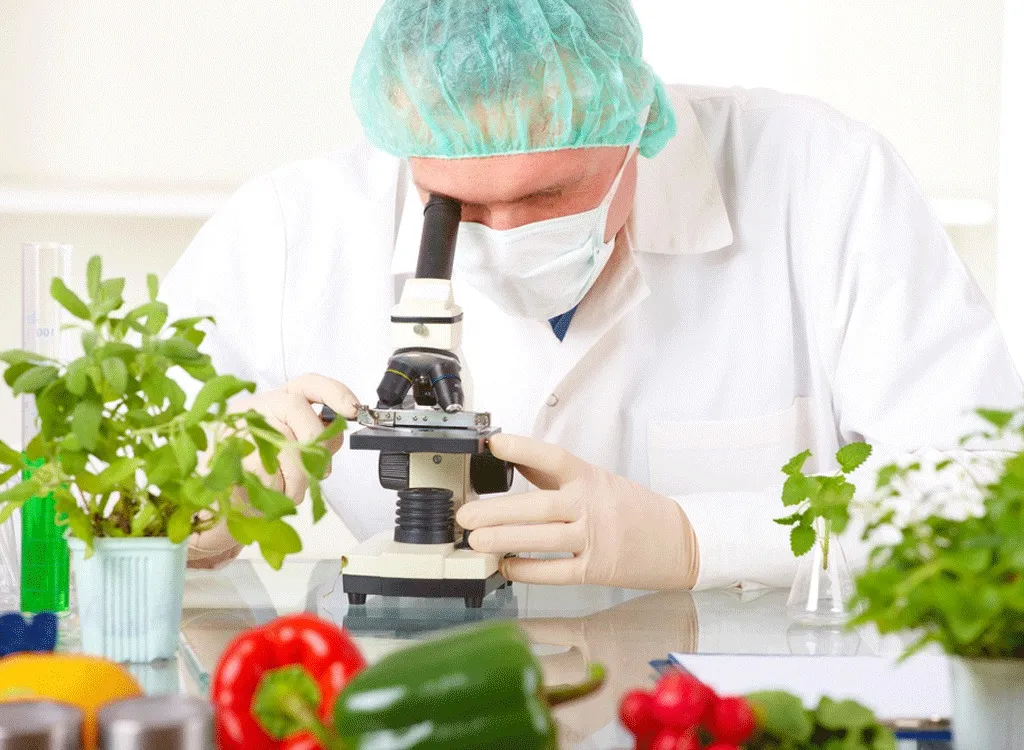
Food companies know that health-driven patrons are partial to products that are made with "natural flavorings" as opposed to the fake stuff. Unfortunately, there is a very blurry line between what is considered to be artificial versus natural. According to Environmental Working Group senior scientist, David Andrews, natural flavors come from natural sources, while artificial flavors are completely man made. However, he goes on to explain that both artificial and natural flavorings can contain anywhere from 50 to 100 ingredients.
To add to the confusion, natural flavors can also be comprised of solvents and preservatives. And in many cases, these "extras" account for 80 to 90 percent of the volume! So in reality, there is a very tiny distinction between artificial and natural flavorings because the natural flavoring has artificial preservatives and solvents mixed in. Shady, right? To learn even more about the coloring in your food, don't miss our special report, 17 Surprising Foods That Contain Chemicals & Food Dyes.
Red Color = Crushed Bugs
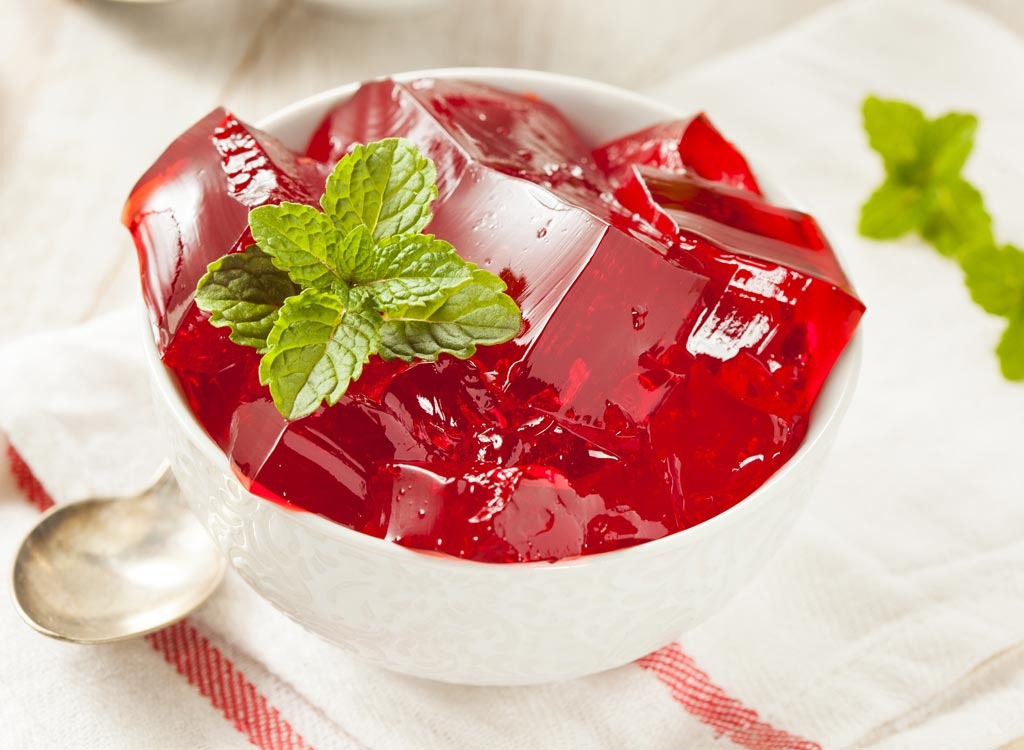
While you may know that Red #4 is a common food coloring, what you may not know is that it's actually made from a scaly Mexican insect called the cochineal. According to Winter, any food or cosmetic product that lists carmine, cochineal, and/or carminic acid contains the bug's extract. Why is it red? The crimson color comes from the sap of the cacti that the species feasts on.
You're probably wondering how this is even allowed. Well, believe it or not, The Food and Drug Administration backs the use of the ingredient. Because—despite it being an allergen to some—it's considered to be "safe" enough to ingest. Cochineal can be found in a range of products including yogurt, red applesauce, baked goods, spices, candy, fruit drinks, and flavored gelatin. So proceed with caution and always read food labels before you buy!
High Fiber Claims Can Come with Digestive Consequences
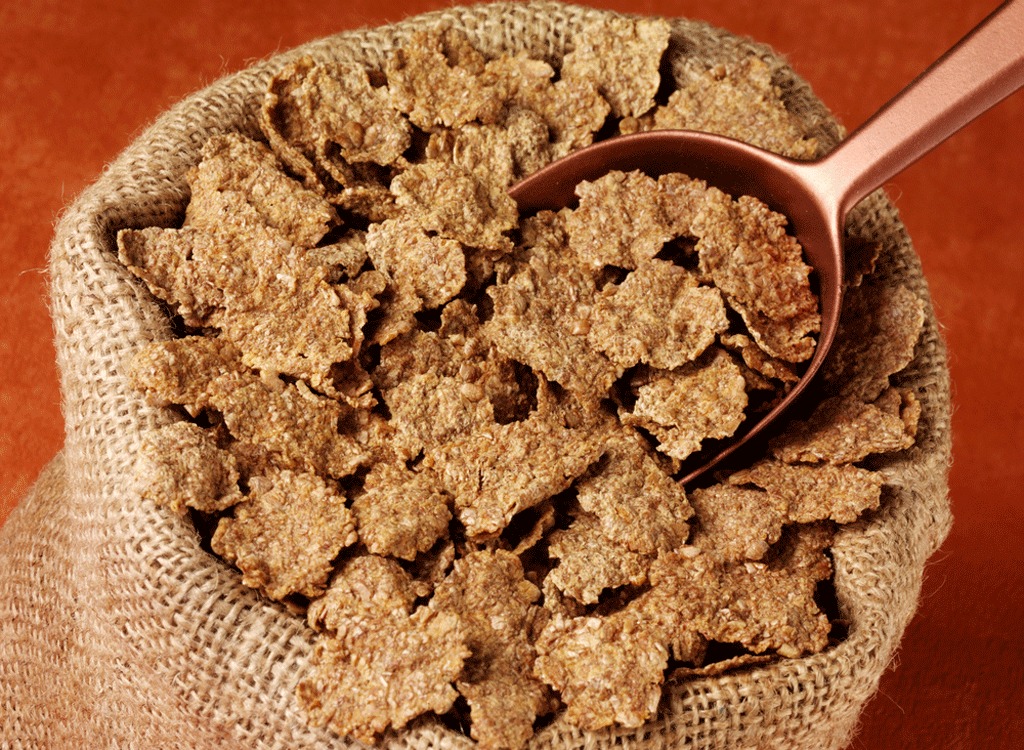
Have you ever seen a box of cereal that says, "Just one ¾ cup serving gives you 50 percent of your daily needs of fiber" and wondered how that was even possible? Us, too. Many of these cereals are made with synthetic, isolated fibers like chicory root, maltodextrin, and polydextrose. And while they do add fiber to your food, they can also cause gas, bloating, and other stomach issues when eaten in large quantities.
According to Assistant Professor of food science at the University of Florida, Wendy Joanne Dahl, Ph.D., R.D., isolated fibers such as maltodextrin do not maintain bowel regularity as effectively as natural sources of fiber. To keep your belly happy, stick to natural high fiber foods like fruits, vegetables, and whole grains.
Man-Made Colorants Are Hidden in Almost Everything
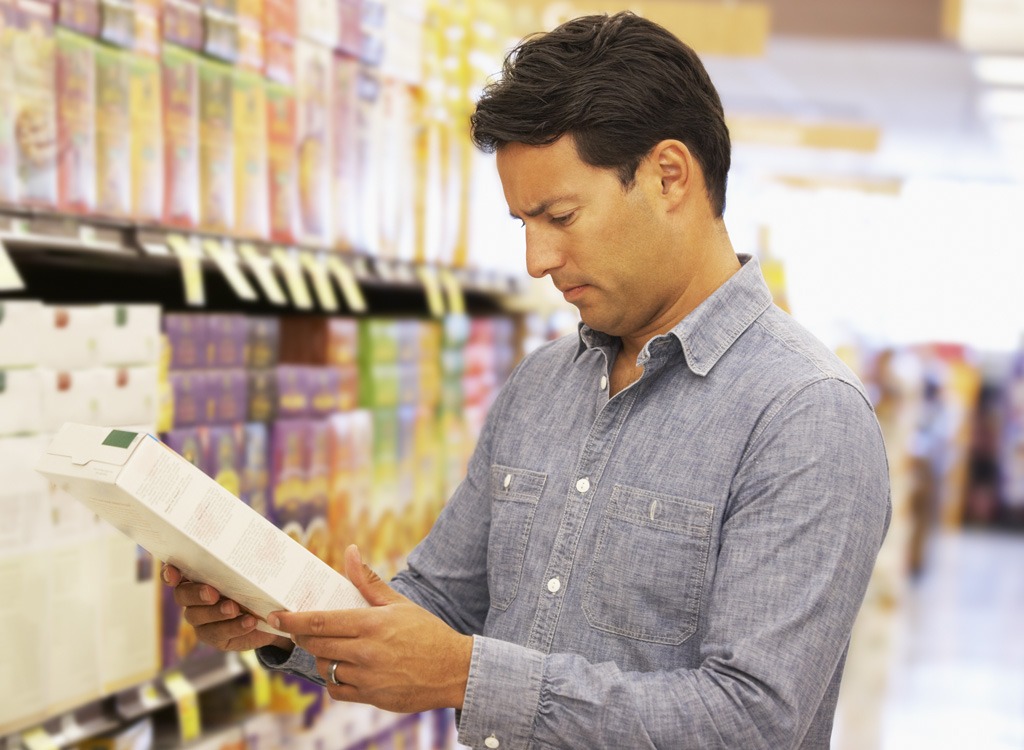
If you think that artificial food dyes are only found in things like colorful popsicles and candies, think again. Everything from pre-packaged burgers and canned soup to pickles and boxed rice may contain caramel coloring, Yellow #5, and Red #40. The easiest way to keep excess amounts of these things out of your diet is to eat a well-balanced diet composed primarily of fresh produce, lean meat, cage-free eggs, and maybe the occasional boxed item. In essence, if you eat these packaged foods in moderation you should be able to avoid any of the adverse health effects that may come about when consumed in excess.
Most Bottled Teas Are Void of Antioxidants
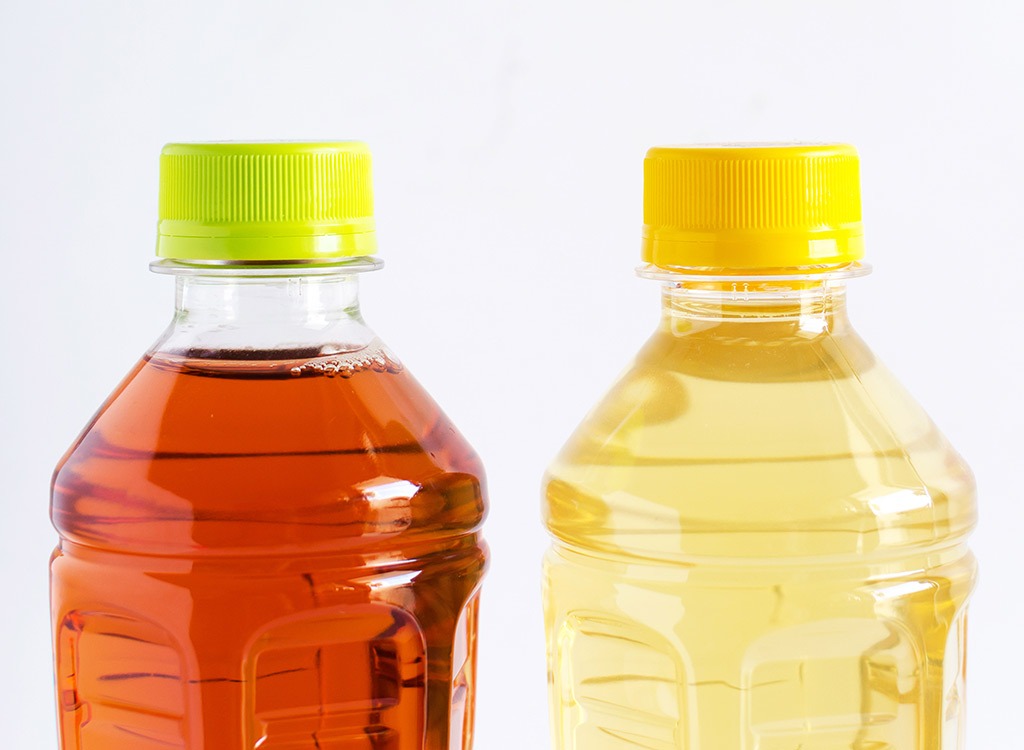
It's no news that green tea houses essential antioxidants called polyphenols. However, when tea is brewed in mass quantities (which is what happens during the preparation of bottled iced teas) a significant amount of the antioxidants in the green tea leaf are filtered out. Additionally, bottled tea can have a lot of excess sugar and preservatives added into the mix so it's much better to steep a loose leaf bag of green tea leaves than to guzzle a sugar-laden bottle of Snapple. But you probably already knew that, right?
Salt Masks Bad Flavor
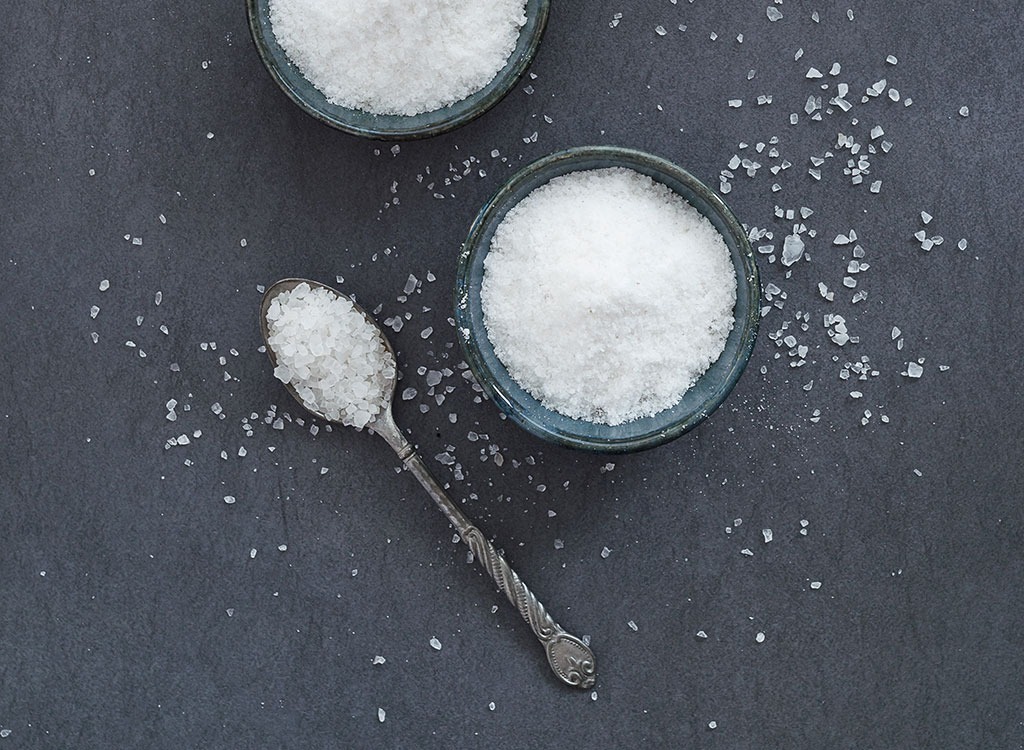
Processed foods are notorious for being chock-full of sodium to increase their shelf life. But what many people don't realize is that salt does more than act as a preservative. It's also used as a substitute for expensive herbs and spices. Believe it or not, it can actually help bring out or accentuate the sweetness in a food product. It can also mask the bad flavor that is inherent to foods that have been severely processed. To rid your diet of the icky processed stuff, dig into our special report, 15 Homemade Swaps for Ultra-Processed Foods!
Chickens Are Getting Bigger
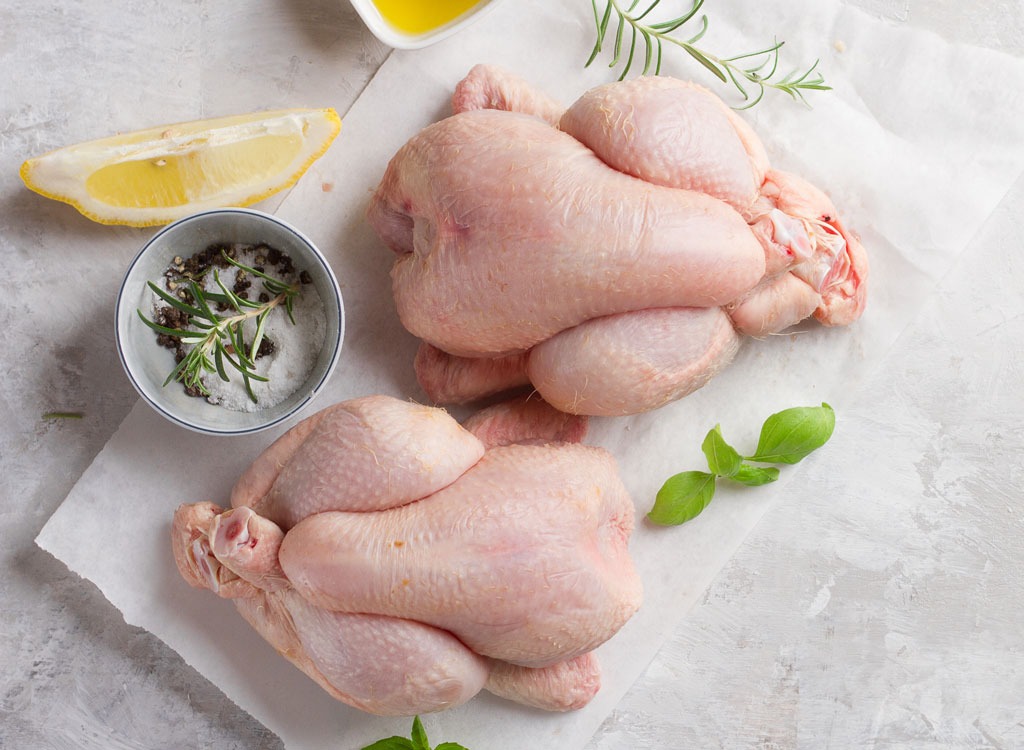
Get this: In 2016, each person in the U.S. consumed an average of 89.6 pounds of chicken! Unfortunately, this number is not all that surprising when you stop and consider just how ginormous chickens have become. Our feathered friends are twice as big as they were 60 years ago! And that's because factory farms fed antibiotics and excessive amounts of food to their animals and keep them crammed in small cages so they can't exercise—a combination of horrible living conditions that makes them balloon in size. If you want to ensure the meat you're consuming is free of supersizing chemicals choose organic and free-range chickens and use them to whip up some of these delicious healthy chicken recipes.
The Artificial Dyes In Your Food Are Banned in Other Countries
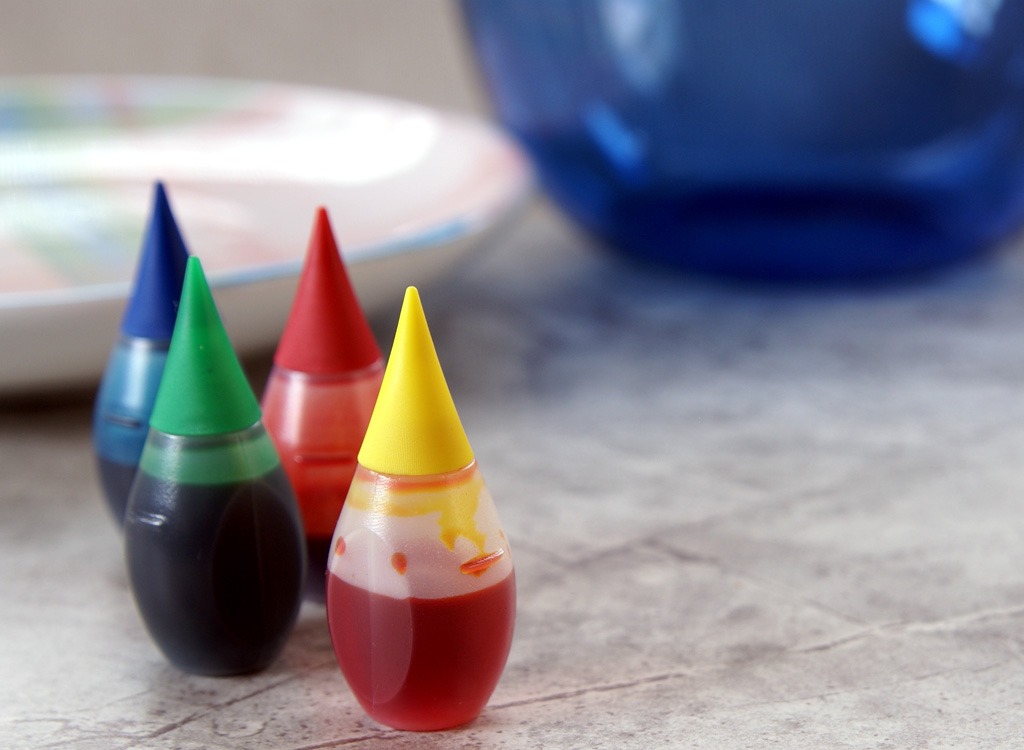
There are over 12,000 additives in our food in the United States. And a large number of them are artificial dyes, some of which are banned in Austria, Finland, France, Norway, and the UK. These colors and dyes include Blue #2, Yellow #5, Yellow #6, and Red #40, which are popular in many packaged, vibrantly colored products. According to the Center for Science in the Public interest, many dyes are contaminated with known carcinogens and ingredients that may cause hyperactivity and allergies in children. That's why other countries don't allow these creepy dyes in their food. If the French and Aussies don't consider these additives safe to eat, you may want to err on the side of caution and keep them out of your diet, too.
Soda Contains Vegetable Oil
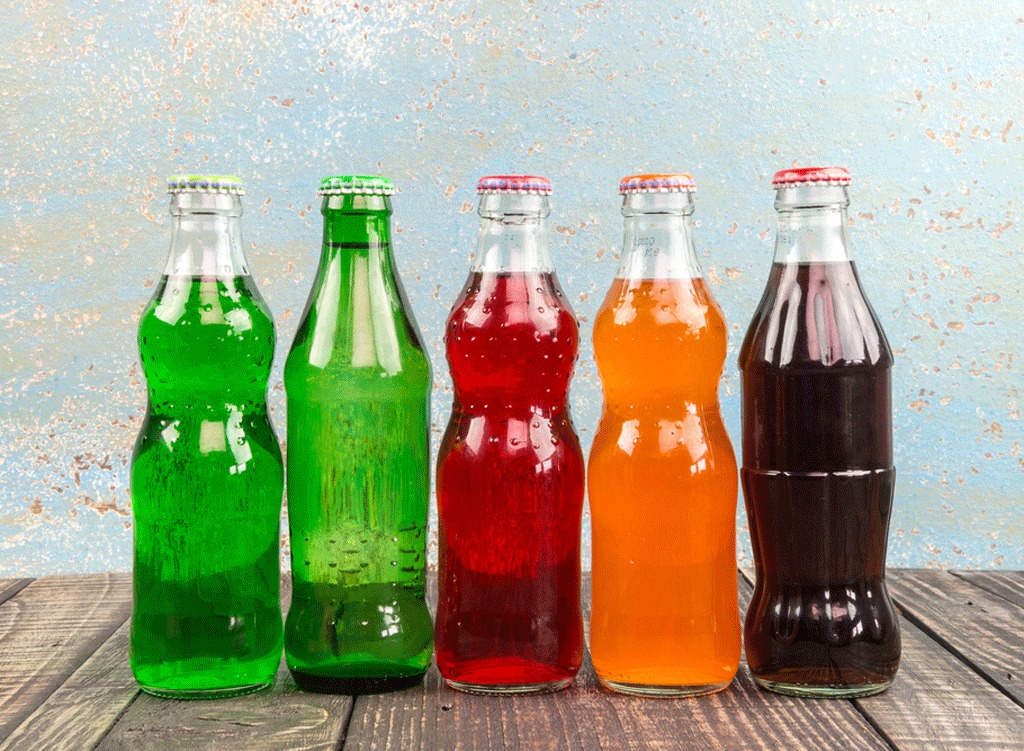
You probably already knew your orange soda was full of sugar, but we bet you didn't know it contained vegetable oil, too. It's true! Food manufacturers add brominated vegetable oil (BVO) their drinks to prevent flavoring from separating from the other ingredients and floating to the top of the bottle. Winter describes bromine, which is the main component in this oil, as a corrosive, heavy, and volatile, non-metallic liquid element. BVO may negatively affect thyroid hormones and contribute to inflammation. And it's sister additive, potassium bromate has been linked to cancer in animals. (More on that next!)
This Ingredient Causes Kidney Failure
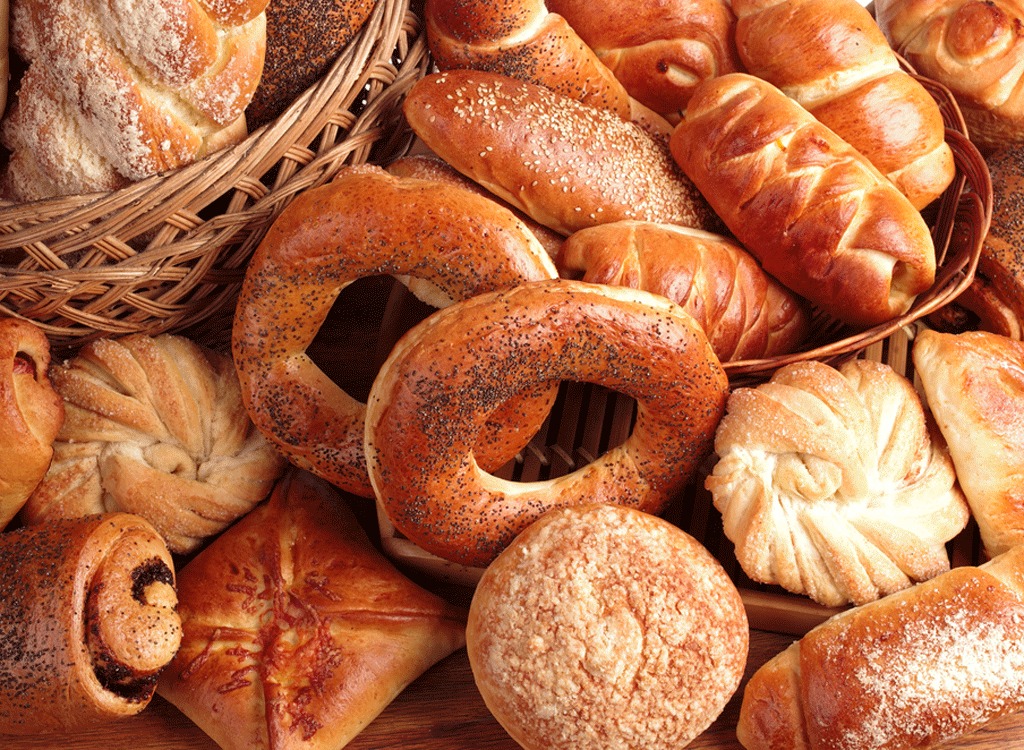
Despite the fact that it's banned in numerous countries, potassium bromate is commonly added is flour and bread in America. The reason: It strengthens dough and allows for higher rising in the oven, according to flour purveyor King Arthur Flour Company. Winter simply describes potassium bromate as "bread improver." But we'd argue that the only thing this ingredient improves is your chances of going to the hospital. There have been reports of the additive causing kidney failure and even central nervous system problems. There was even a food poisoning outbreak in New Zealand that was traced back to sugar that had been contaminated with potassium bromate.
"Unsweetened" Doesn't Mean Healthy
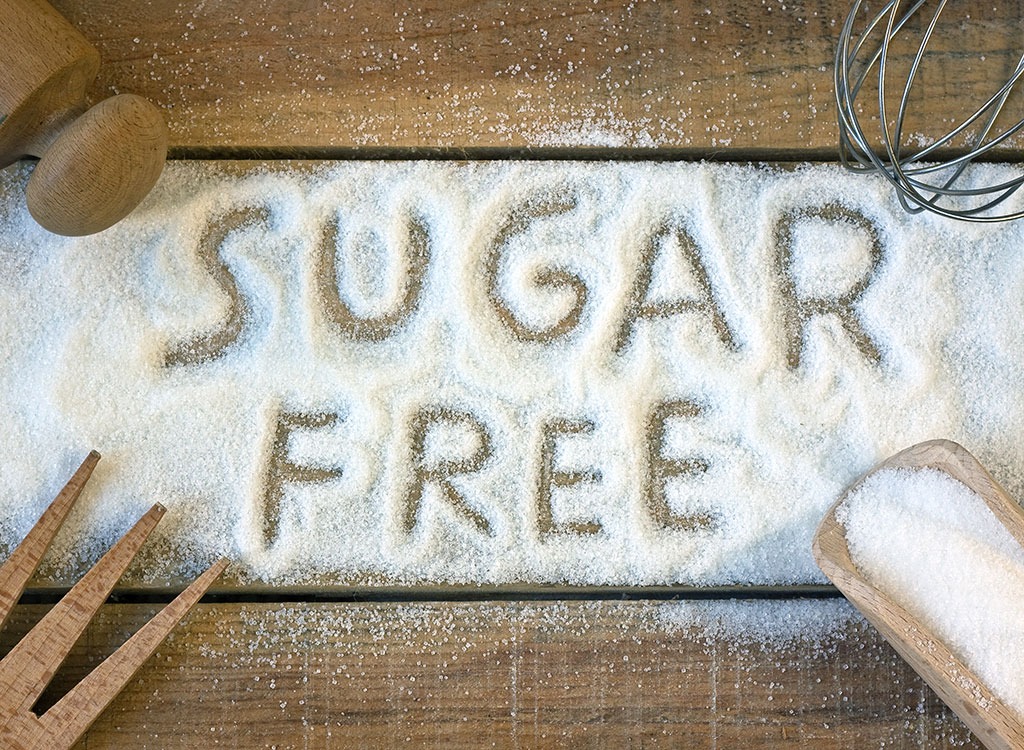
Aspartame is one of the many sugar substitutes that are hidden in candy, instant coffee, bottled tea, cereal, and chewing gum. According to Winter, it is about 200 times sweeter than sugar and is used in more than 6,000 products worldwide. While past claims of the sweetener causing cancer have since been deemed untrue, it has been confirmed that aspartame increases the risk of urinary tract infections by reducing the acidity in urine. Additionally, the ingredient has been proven to disrupt protein metabolism, hormone balance, and nerve function. Despite all of these quirky disadvantages, the FDA still classifies the ingredient as safe so long as companies manage good manufacturing practices. Yes, seriously. How nuts is that!?
Some of the Additives They Use Are Illegal
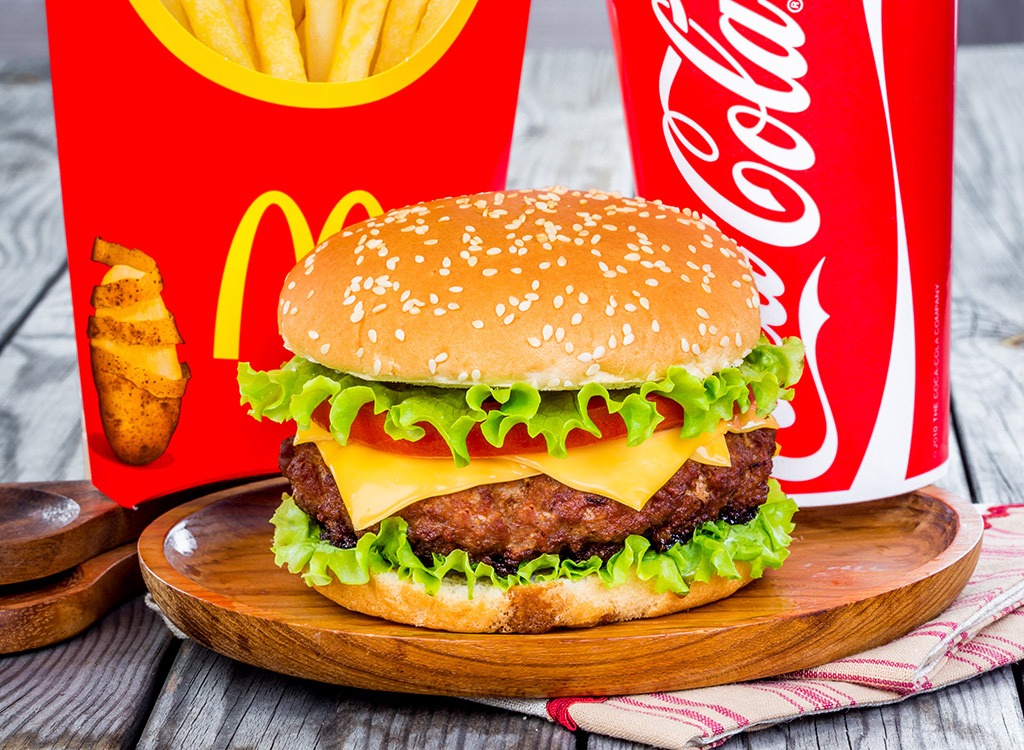
—in Singapore, at least. Azodicarbonamide is an ingredient that, if used in a food product and sold to a consumer in Singapore, will result in a 15-year sentence in prison. So what is it? Simply put, it's a chemical used to bleach both flour and foamed plastic, the stuff used to make yoga mats. The World Health Organization says that the ingredient is known to induce asthma and respiratory problems and bring about skin sensitivities and other health problems. Unfortunately for Mickey D lovers, the buns and English muffins that hug all your favorite treats from the McDonald's Menu are covered in the stuff. Steer clear to stay safe.
Profit > Health
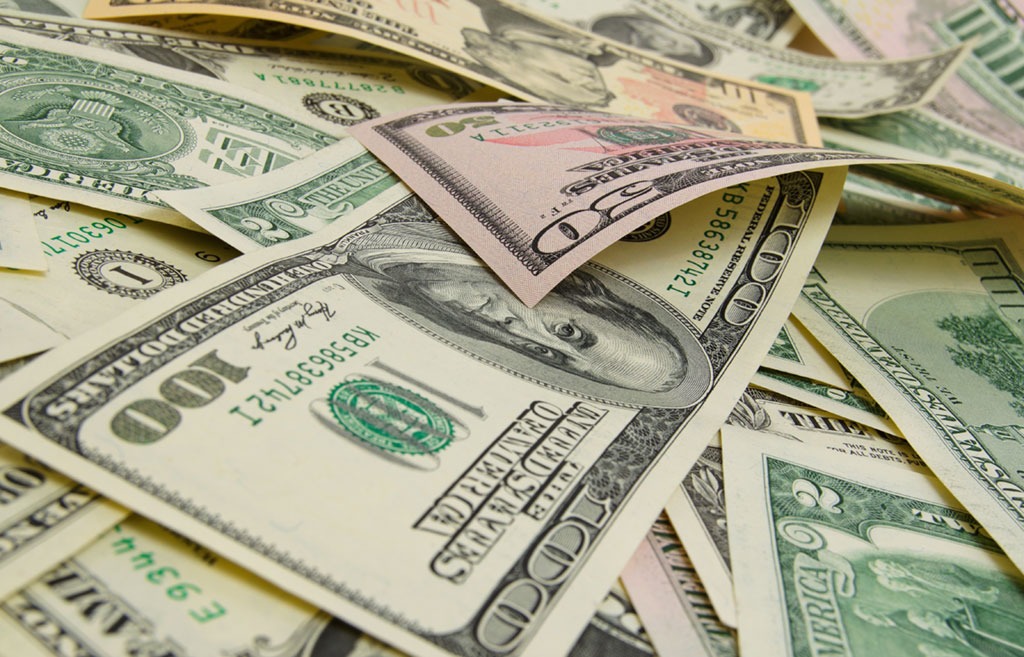
The bottom line is that food companies exist to make a profit. Companies manufacture foods with synthetic ingredients, simply because they're cheaper to produce. The less money they spend, the more they make—even if it means compromising your health. It's sad, but it's the truth and you deserve to know!

